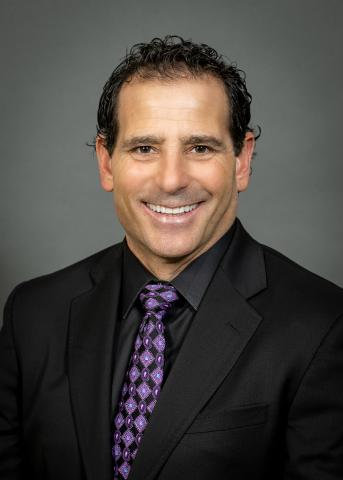
May 1, 2023
Remote-Control Locomotive Technology Puts Humans in Control

There are no “crewless” trains in Union Pacific’s fleet.
In recent weeks, remote-controlled trains have come under the spotlight, with some critics portraying them as new and “driverless.” This is simply not true.
The technology has been in use for 20 years and garnered widespread acceptance within the industry and is as safe or safer than conventional operations, with the Federal Railroad Administration (FRA) recently saying they had no specific concerns about its use.
It is important to understand that remote-controlled locomotives move slowly and are used in a limited capacity in and around rail terminals, including Houston. Most importantly, remote-control locomotives are always operated by a craft professional, or union employee, who has been trained and certified in compliance with FRA guidelines.
These are not autonomous or “crewless” trains, which you might have read about being tested in Europe, where trains use advanced technology and artificial intelligence to “think” for itself and operate with the help of sensors.
Remote-control locomotives are controlled by one or two operators standing on the ground near the train or on the locomotive itself. We use this technology extensively in our railyards where the operator moves trains within yards or between yards onto different tracks – the railroad terminology is “switching” – so the cars can be broken down and rebuilt into trains.
In Houston, employees control the remote-control movements between Union Pacific’s multiple classification yards, industry support yards and customer facilities, but the operator is always on board and always in control of the train.
The FRA does not break down its derailment data by conventional or remote-controlled operations, but Union Pacific data, which is reported to the FRA, shows that they are as safe or safer than conventional operations. Overall, remote-control operated yard and local trains in Houston have a lower rate of derailment than conventionally operated yard and local trains.
A key benefit of this technology is that it most often puts one person in charge of a train’s movement. When the conductor wants a train backed up 40 feet, they can reverse the locomotive and stop it precisely at a given point, instead of having to telegraph directions multiple times with another employee over a radio.
In the event of a derailment, the remote-control locomotive operator is trained to do exactly what the crew of a conventional train crew would do: get to safe location on the ground, report the incident to our 24-hour emergency control center and wait for assistance.
Like many companies in today’s world, Union Pacific needs to be nimble and keep abreast of changing technology to remain competitive in a fast-moving business climate. The use of this technology allows us to provide better and more efficient service to our customers, which gives us and them the competitive edge needed in an ever-changing world.
A strong company is a stable company that can provide good-paying, quality jobs.
Union Pacific is proud to be part of the robust Houston economy. We have been a part of Houston for more than 160 years and we are committed to the safety and security of the city’s residents, our employees and the critical goods we carry.